In collaboration with Cunningham Falls State Park, the Catoctin Furnace Historical Society honors, investigates, and conserves the past of this significant industrial site from the 18th to the 20th centuries.
Explore the unique Catoctin Furnace living history village. The Catoctin Furnace Historical Society, Inc. commemorates, studies, and preserves the rich history of this historic industrial village, including the architecture, cultural landscapes, lifeways and foodways of the enslaved Africans, free African Americans, and European immigrant laborers and families.
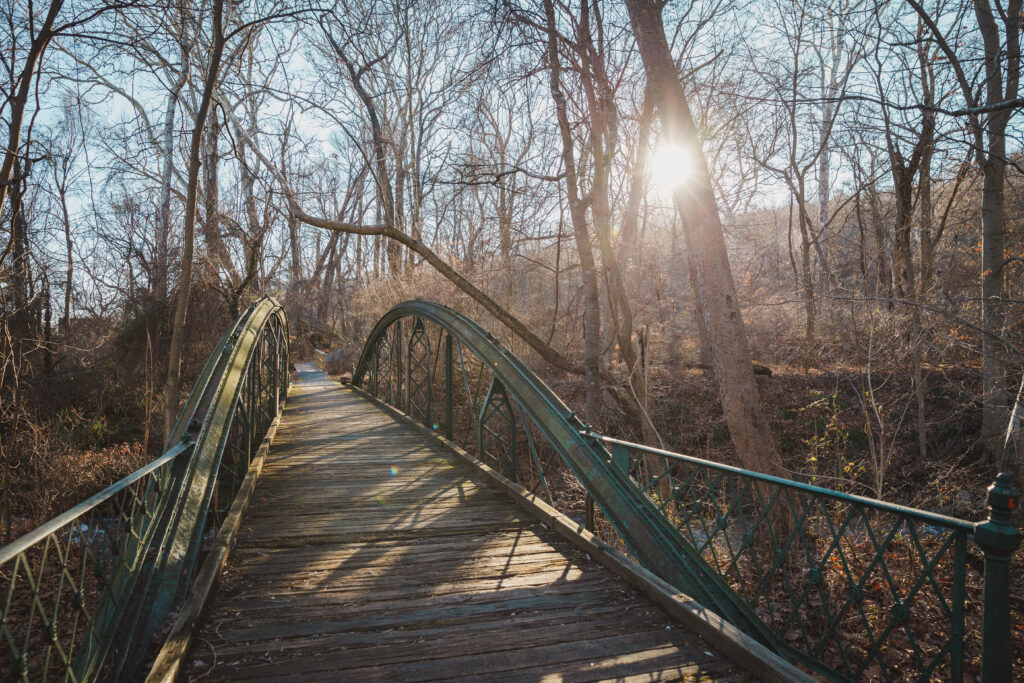
Before you begin your historical tour, be sure to grab a self-guided, walking tour brochure so that you don’t miss a thing! The brochure allows you to experience history around every turn. They are located in a kiosk in front of the Collier’s Log House.
Several original buildings have been carefully restored by the Society, including Collier’s Log House and the Museum of the Ironworker, which are located in the center of the village and are open by appointment and during special events.
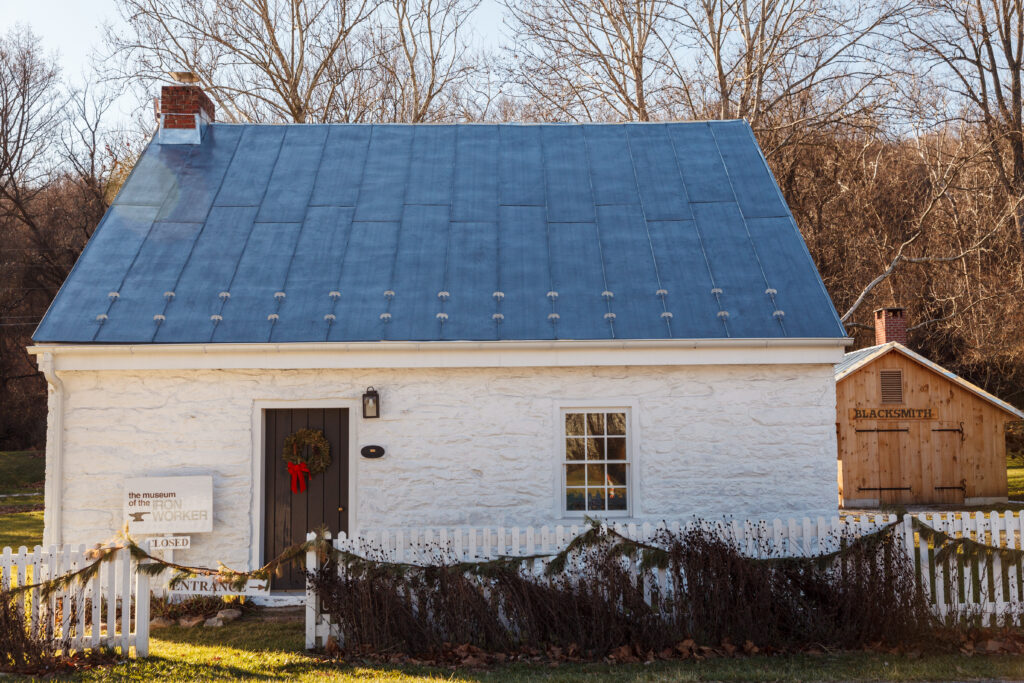
After perusing through the historical village and pondering the majestic old furnace, otherwise known as “Isabella,” you can begin your journey by walking the Iron Trail. Pass by the ruins of the Ironmaker’s Mansion and soon approach the new boardwalk through the woods. The trail includes 13 engaging and informative waysides that provide a historically based interpretive hiking experience for all ages. It is easily accessible and is a short walk to the picturesque, historic iron “bridge that moved” over Little Hunting Creek.
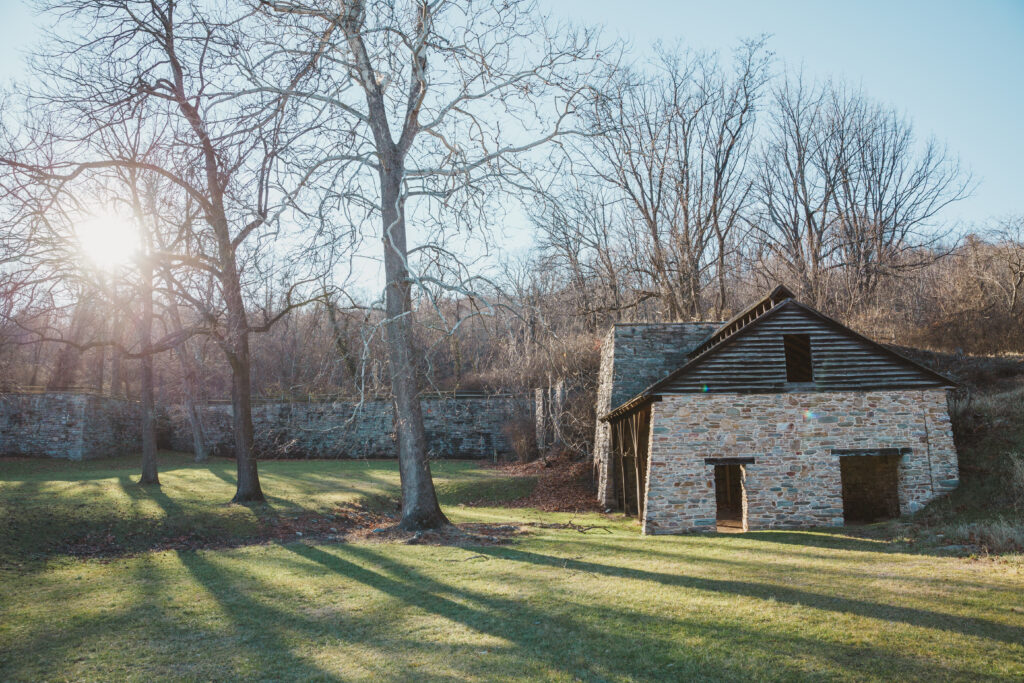
Continuing on, you will embark on the new Catoctin Furnace African American Cemetery Interpretive Trail, which leads to an overlook near the African American cemetery. This part of the trail is an unpaved, smooth, ADA-style path that is approximately half a mile long with two viewing platforms and three wooden benches.
For those seeking the ultimate historical experience, the Society is excited to announce that guests can now reserve the restored Forgeman’s House, circa 1821, for an immersive overnight stay in that era. Interestingly, before the restoration of the Forgeman’s House, “archaeologists recovered more than 30,000 artifacts from beneath the floorboards of the structure. These everyday treasures tell the stories of families who lived here: children playing marbles, a cobbler mending shoes, a seamstress sewing the latest pleated and puffed sleeve, someone using the first strike-a-light matches (Weller matches from nearby Thurmont) to light the fire. A ‘below the floorboards’ exhibit case allows you to see what archaeologists found during excavations.”
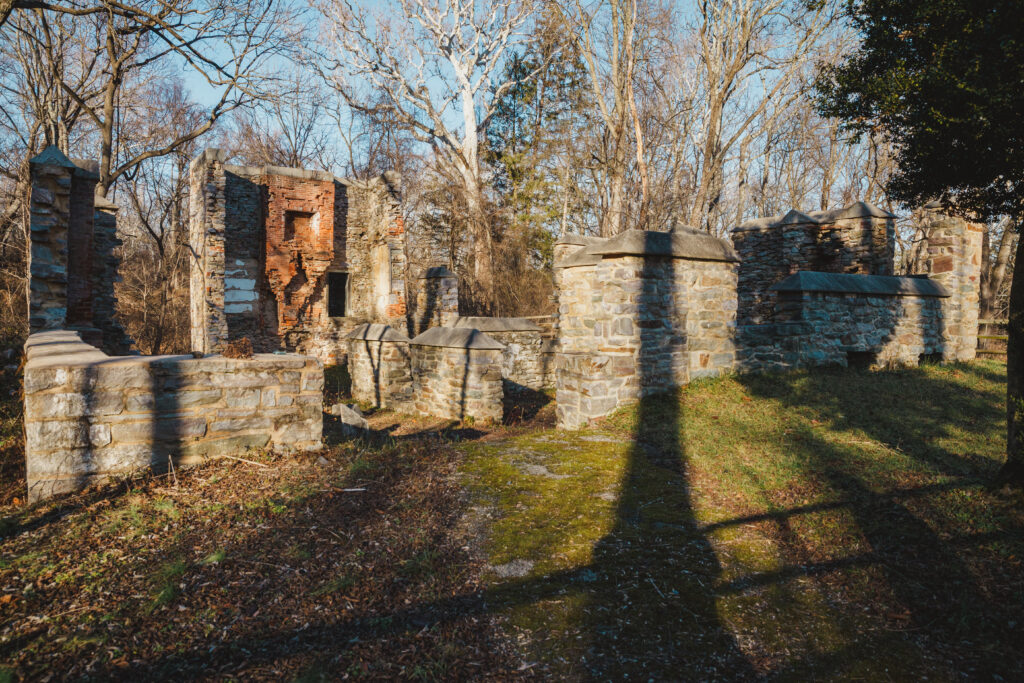
Things to consider when planning your day trip or overnight stay – The Museum of the Ironworker is open Wednesday-Sunday, 10 am to 2 pm (Memorial Day to Labor Day) and the rest of the year our hours are Saturday-Sunday, 10 am to 2 pm. The kitchen garden and trails are open daily from dawn to dusk.
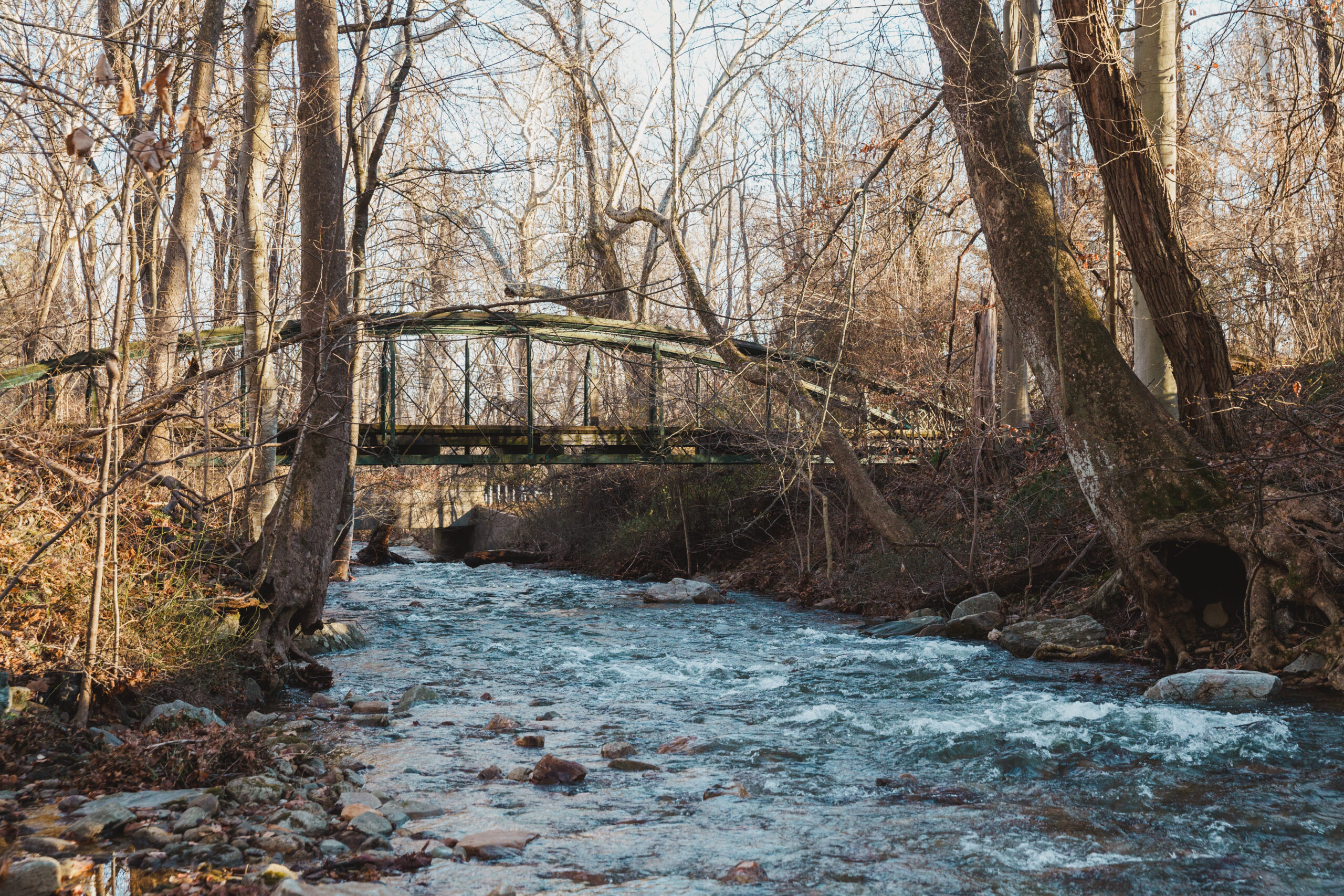
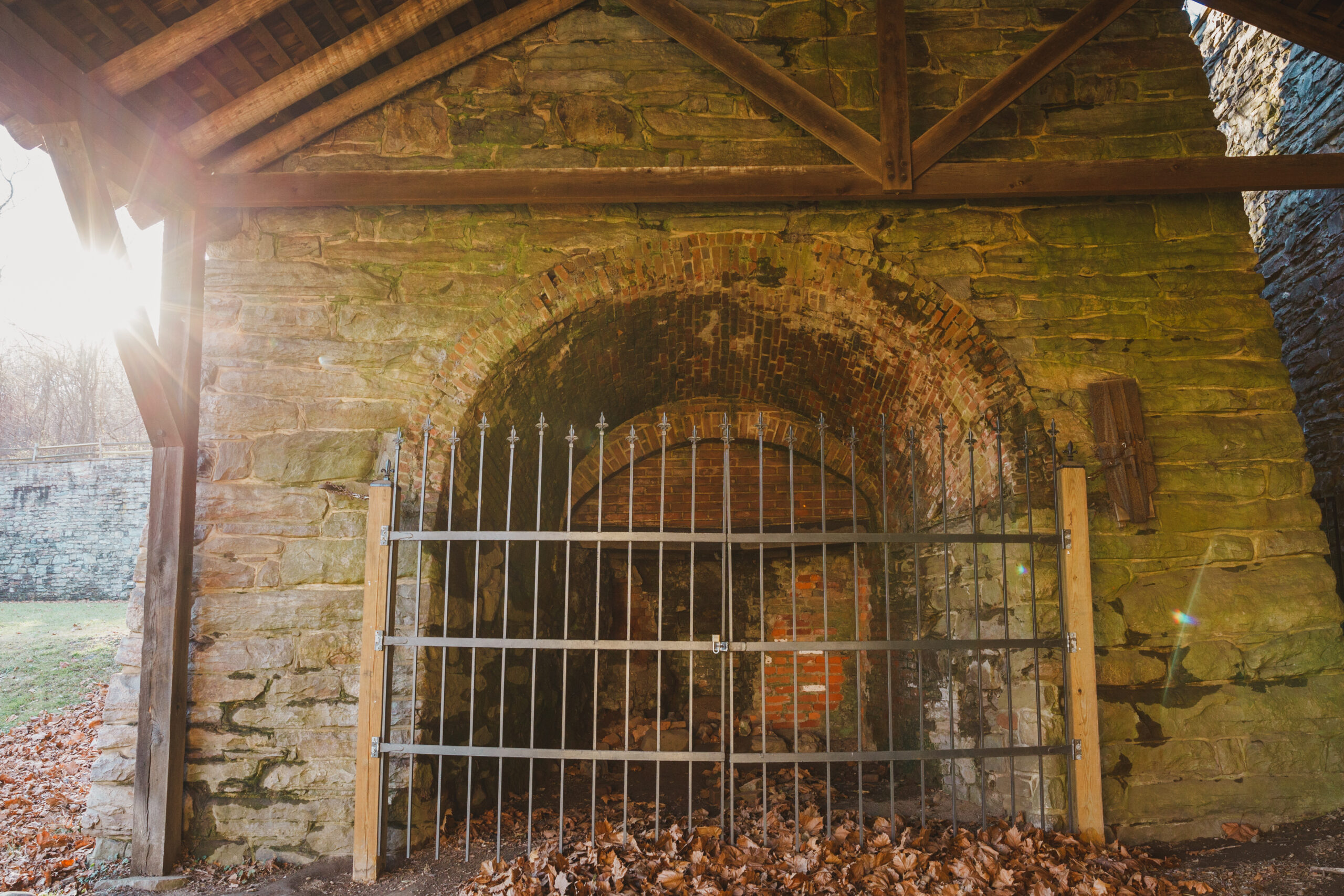
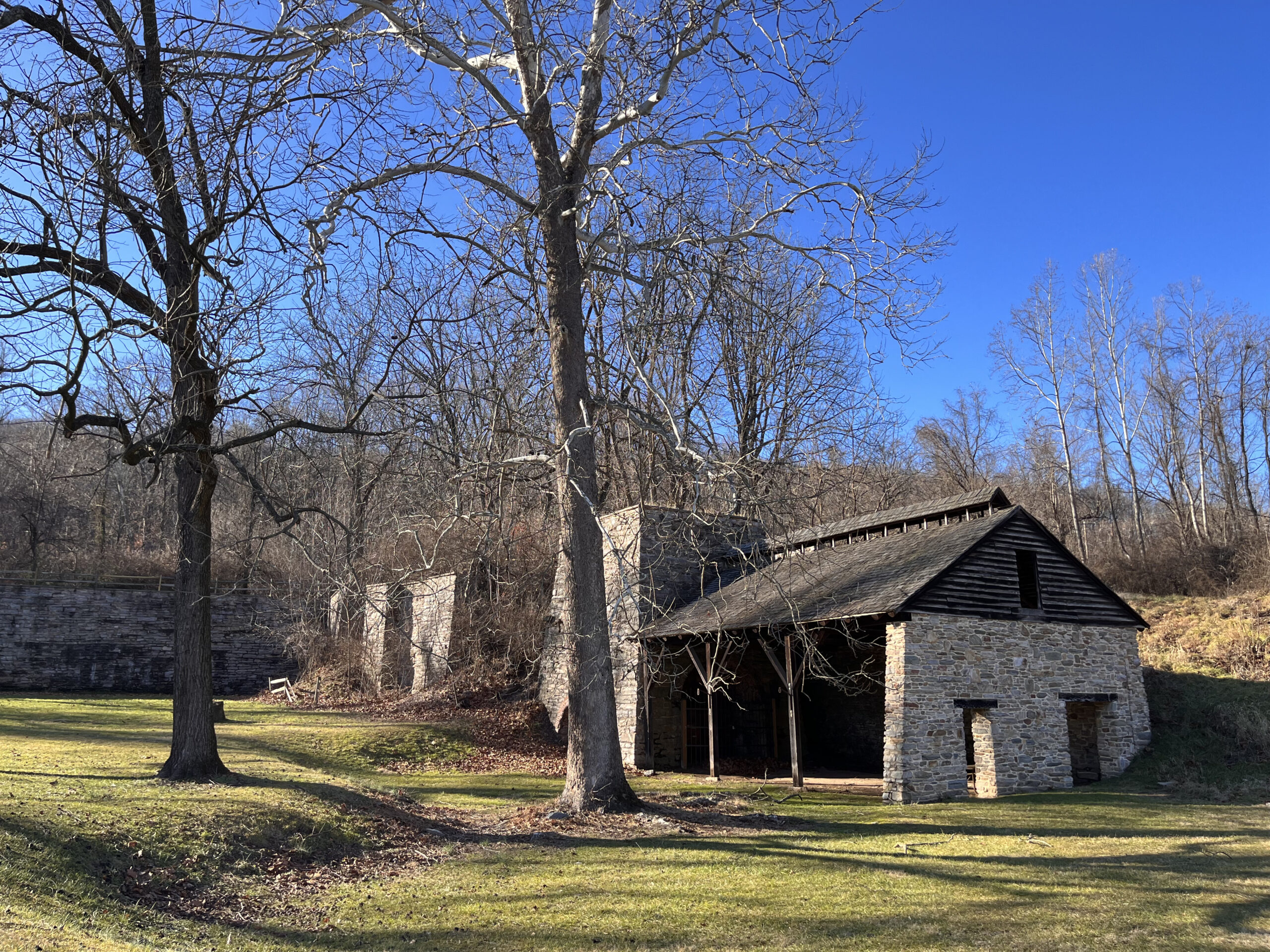
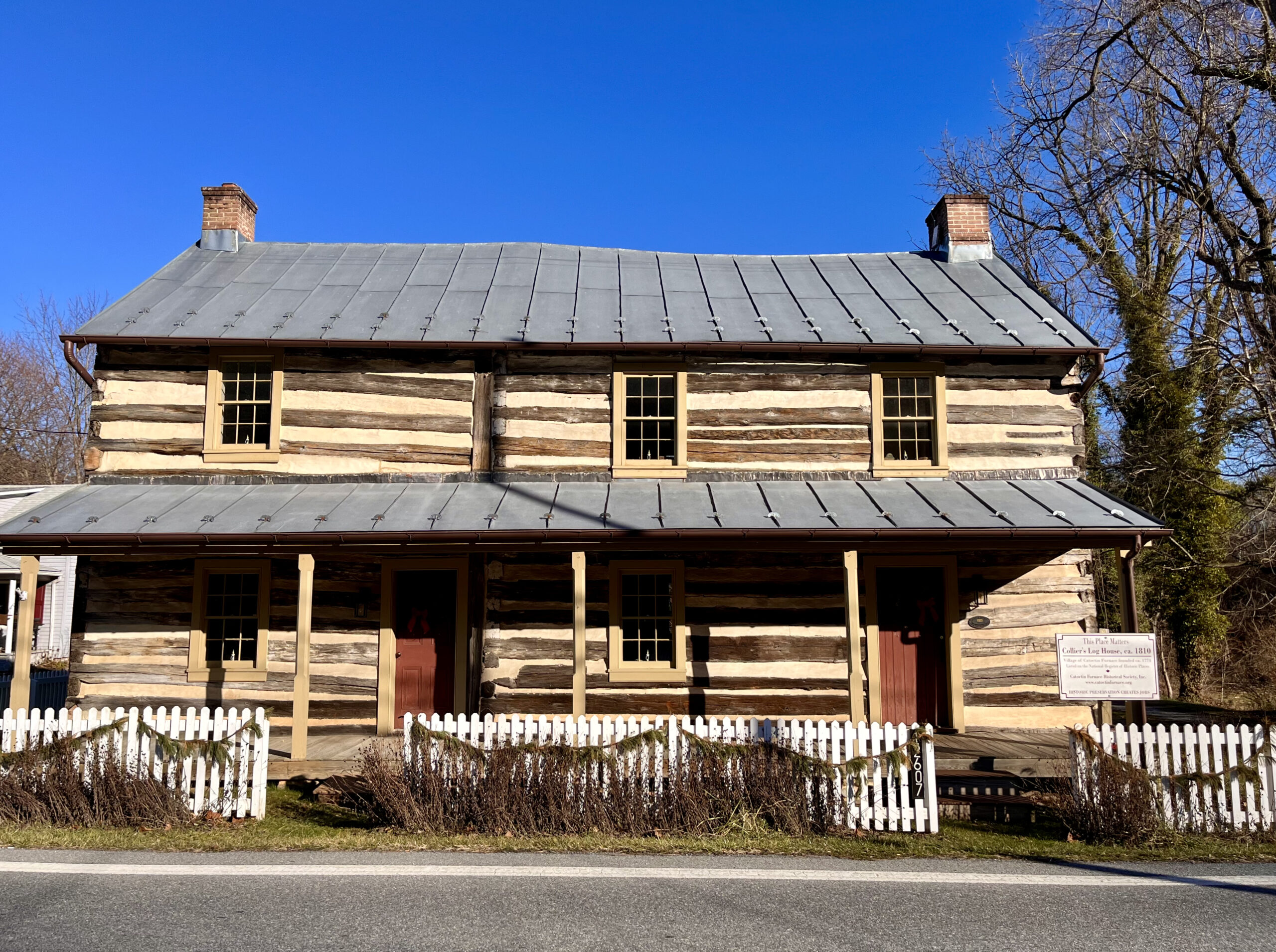
By Susan O’Connor
